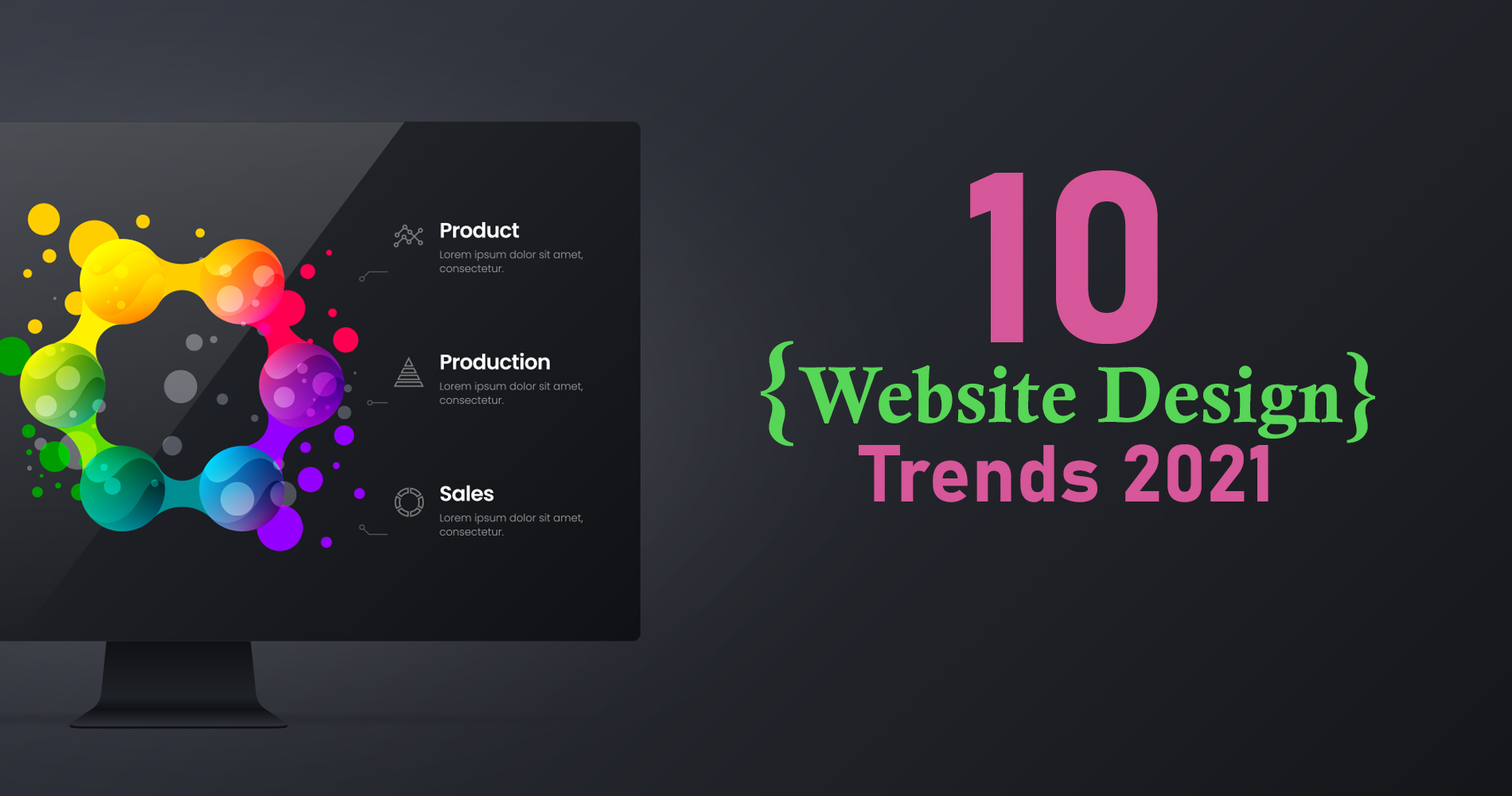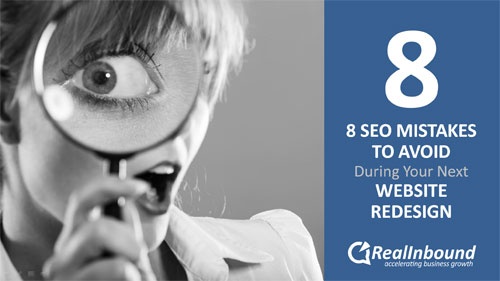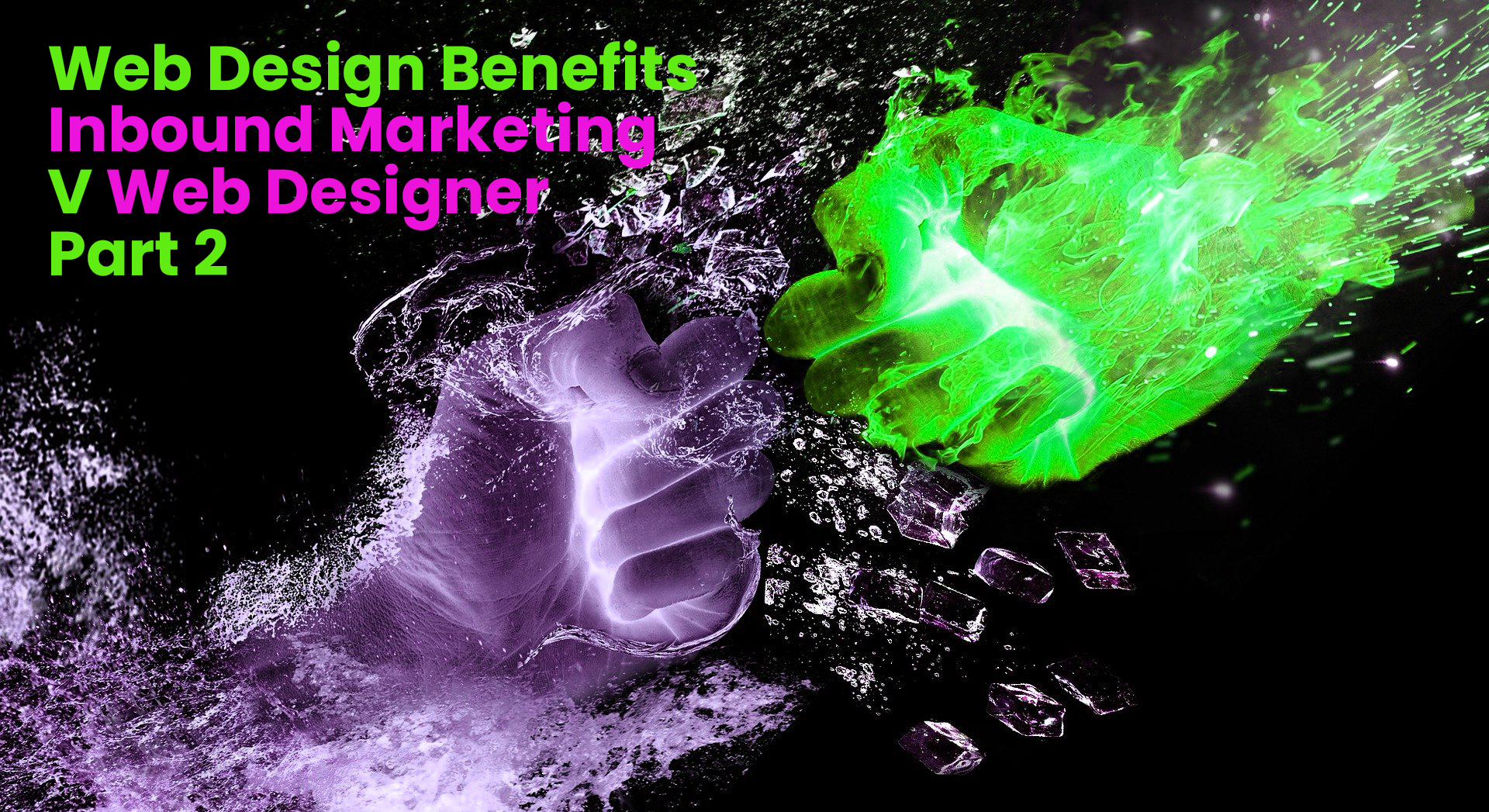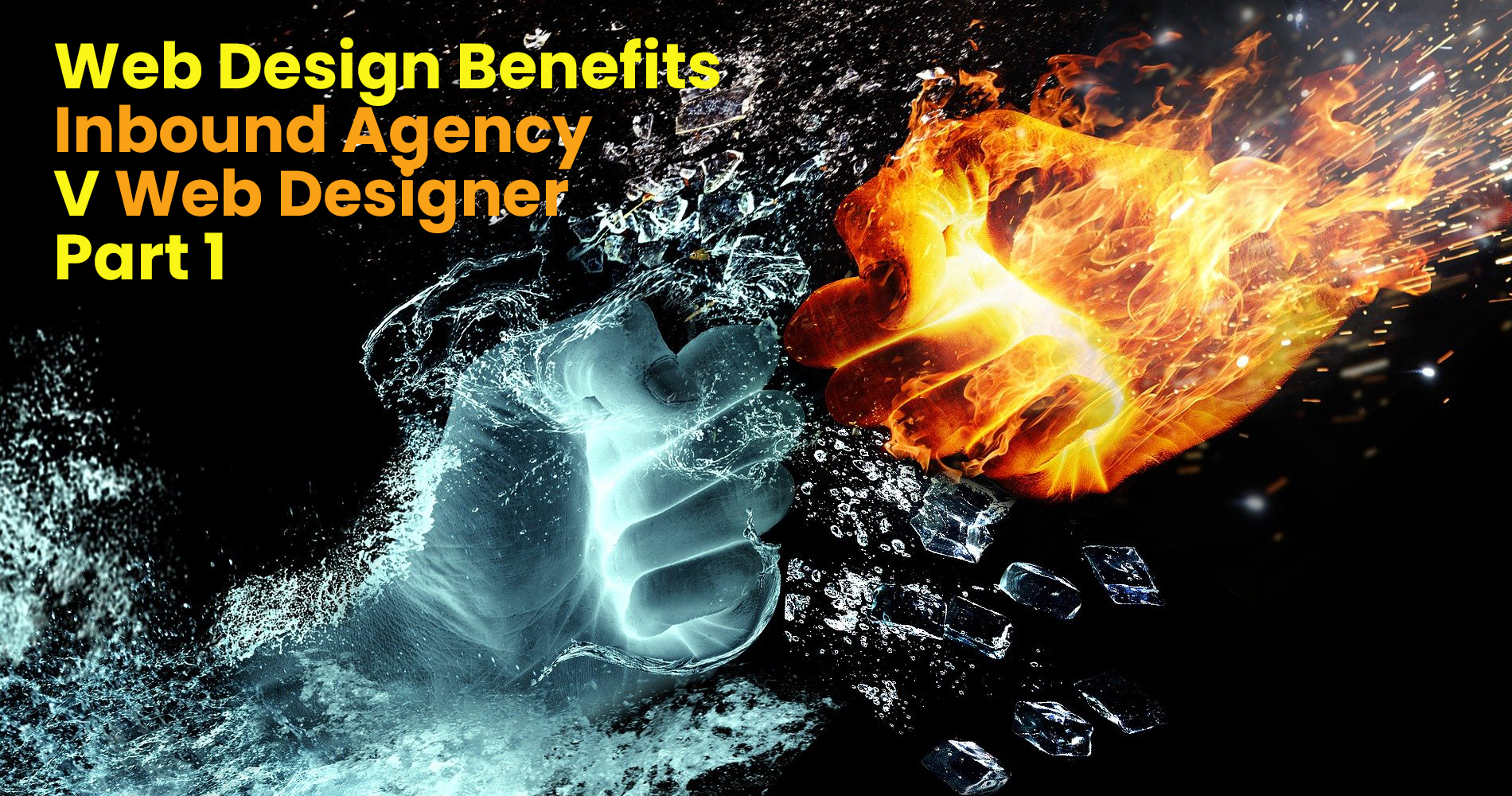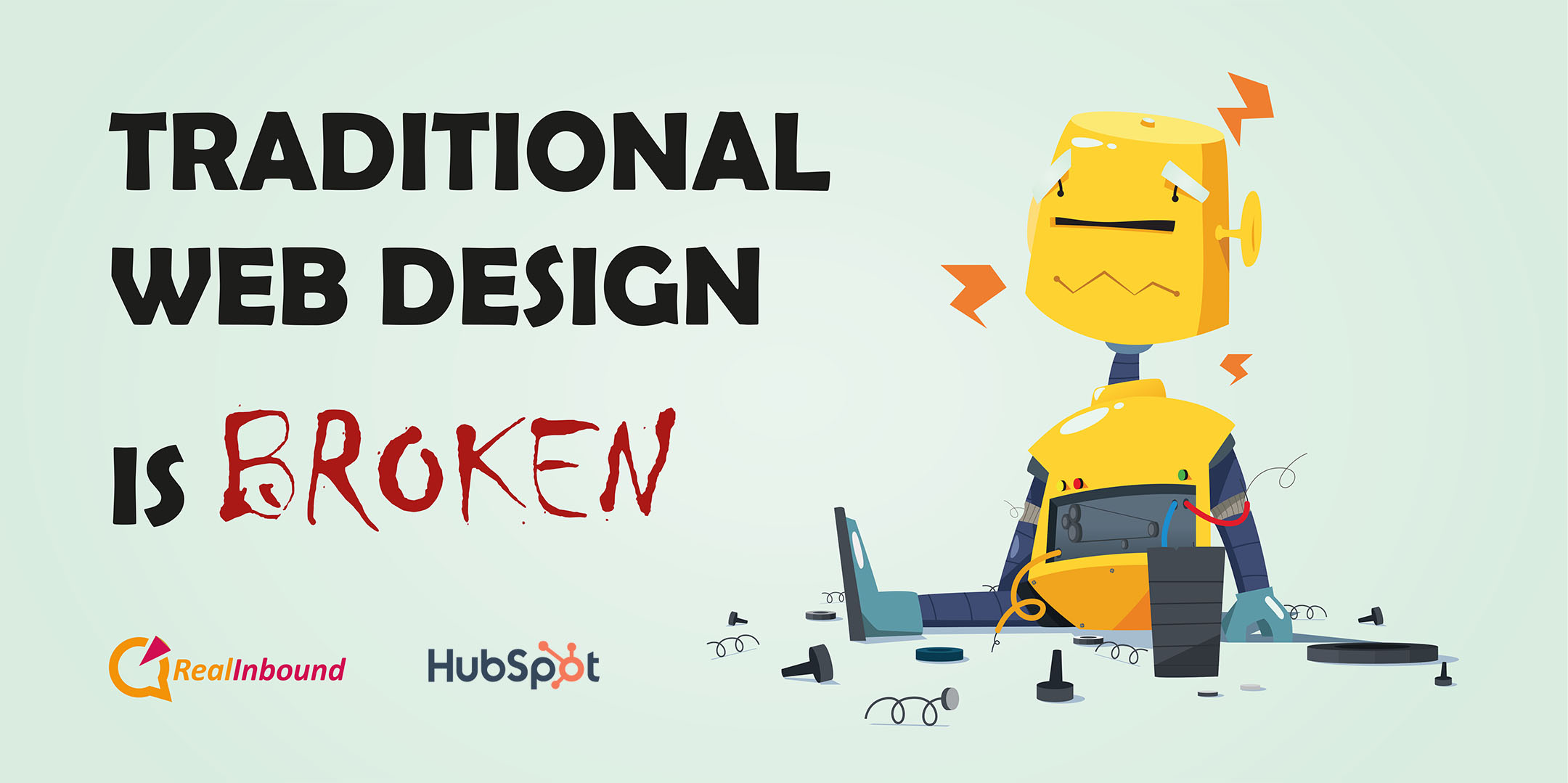Website design is never going to be a stagnant field. The only reliable way to stay ahead is to always be on the lookout for new trends so you can adapt and improve your website. This blog looks at some of the biggest trends in website design and how you can use them to improve your website.
The next phase of trends in web design, which we're already seeing in 2021, follows some fundamental principles of good web design. However, keeping up with the latest website design trends can be difficult in this crazy environment, especially when it seems like new ones are introduced every day. In the post, we've rounded up the most popular trends in web design.
Design styles
The design style trend doesn't seem to be slowing down any time soon. We're constantly seeing how designers are looking to push the envelope when it comes to finding new design trends for their clients, including conceptual designs, layouts, and structures alike.
Dark design
In the web design world, there has nowadays been a trend towards colourfulness and white space (literally) to make websites look good for users of popular apps over the past few years since the dawn of this decade. But let me tell you - a dark mode is all but a thing of the past. Although dark backgrounds appeared to be a norm in many different aspects over recent years, there is no doubt that they are coming back into vogue right now with an astronomical speed. It just takes one look at all these wonderful multi-coloured mobile phones!
Dark theme is designed to lower eye strain for users since they are applied primarily to the background colours behind text rather than to the text colours themselves.
It will take a long time before nearly as many websites offer users the option to toggle between light and dark designs as software and apps do. In keeping with the trend on apps, websites are now using dark design styles more frequently.
A dark website or app must conduct accessibility tests for colour contrast to be accessible. Darker designs present their own set of challenges, and you can use accessibility testing to figure out how to make them accessible.
Asymmetry
With digital designers striving for balance, asymmetrical layouts are becoming increasingly popular for the ease of creating a free-flowing website.
This isn't to say that the grid is doomed! Recent trends call for designing a visual style that allows viewers to move from page to page organically, rather than simply using grids.
Material Design and Material UI
The material design approach makes it easy to build intuitive, adaptable web products that work across platforms and devices.
A lot of the look takes its cues from the real world, such as the textures of papers and the reflections of light on real objects.
With Material UI, you can create consistent user experiences across your apps by using react components as a framework.
You can either use the Google Material Design framework or create your own styles.
Material UI design is used by WhatsApp Web on a global scale
Companies like Netflix and Nasa have taken to designing this way, and it has proven useful when creating a prototype or MVP for a website or app.
Expect to see more app and website designs that feature great UIs and user experiences in 2021.
Images
It all starts with imagery, as we all know. If you're looking to create an entertaining or hip feel for apps or websites, you might use appealing photography. You can also use illustrations and graphics to convince people to buy your product.
One of the biggest trends that we've been seeing emerge in web designs during 2021 is a move away from realism when it comes to imagery. In today's fast-paced world, users want faster loading times and simpler collateral with a greater focus on readability.
Illustration
Photorealistic photography has been a big part of web design for a very long time. I guess that because of its credibility, it has always been a popular option with clients. It did get a little tiresome though after a while.
Using realistic photos in web design has always played a big part. However, more and more businesses are now opting for sketch-style illustrations to accompany their photography. Although we can see that sites using flat imagery and typography without much in the way of detail or texture have been getting a lot more popular. This approach gives everything that little bit more of an edge, helping it stand out from the pack. Unfortunately, though, no matter how impressive the composition is, it's not something everyone will appreciate.
Colours
We're seeing more recently popularised colour schemes in website design. It's clear they won't be fading away anytime soon! We also see some complementary colour trends coming through, especially when it comes to the overall look of your website.
Black & white
Black and white colour schemes have been around for a long time but have recently been making a comeback. This classic colour style works particularly well for sites that use a wide range of colour images, such as portfolio, art, or design websites.
This style is also perfect if you want users to focus on your work, rather than being distracted by colour.
Neon
Some may say that using too many colours can make your design look messy or hard to digest for visitors. Trumpeting, on the other hand, is becoming increasingly popular because of its relaxing bearings towards the human eye. Using luminescent colours on a dark background can also help communicate your message with ease, letting images or elements really stand out.
Headers
For years now, homepage designs have relied on text banners to unify the project. But in 2021 we're anticipating homepage design to shift away from large images dominating the screen and instead should aim for lower-key text-only headers which help users feel more comfortable by not feeling dominated.
Text only banners
Everyone knows how crucial fast loading times are to a site’s rankings, but Google is developing a way to measure how long it takes for the most prominent element on your site to download. And by the year 2021, they plan on using this as a way of ranking your website’s performance. So, whether you realise it or not, now is the time to be making changes so as not to have your site pass over in search rankings!
According to an American research website, this dramatically decreases the loading speed of your website. Not only will it help your SEO ratings by allowing users to read everything on your site well, but it will also let you focus more on what you're trying to say—and that's always good for the reader.
Features
A web design trend isn't just about colours, text, and images; it is also possible to add other design elements.
Microinteractions
Microinteractions are the little things that make an experience seem polished and well thought out. They’re subtle, but you notice them because they feel so good.
In a form, for example, you can see animations when you're filling out the form, and in a gallery, while you scroll.
User-friendly micro-interactions are designed to meet both the functional and emotional requirements of the user by assisting users in accomplishing specific tasks as well as being memorable.
Accessibility
The rockstar of design, the features that people take a great deal of pride in and enjoy working on, are what a lot of companies focus on. Accessibility is a feature that's often considered "after the fact". However, accessibility is what makes your website or app usable to everyone. While you want your product to appeal to an audience this often includes people with disabilities so thinking about them from the start can enhance user experience across all platforms. In addition, as usage increases so do change! In the last several years accessibility has changed from being labelled as a necessity for those with disabilities into a standard that enhances UX for everyone.
Modular design
When you want something custom-made, it's no good buying something off the shelf. Agencies are really in demand these days, but it can be difficult to find one that is both professional and affordable at the same time. Budget issues are often a major concern when commissioning projects, so many clients nowadays turn to designers who will charge by the hour. This approach might sound appealing on paper but there are some drawbacks to consider before committing yourself. For example, hourly wages mean that you end up paying more if your project starts taking longer than expected. Also, with someone charging per hour, you lose control of how things are done - overall this means less flexibility for your website build which could potentially hold up progress on your project unnecessarily.
Another way to improve the site's popularity is by implementing a modular design. With a modular design, we create a series of different elements, fonts, colours, and layouts that can be put together in a variety of ways to maximise both usability and longevity regardless of what products and features your site end up using. A lot of websites these days utilise two or more different templates/styles to maintain maximum flexibility for their customers because not everybody chooses to use every feature available on their website. What do you think? Is this something we should add to our list?
Lastly,
Last but not the least, we'd like to give you some inspiration for how to keep your web design fresh over the coming year. The best designs will always be those that follow issues and concerns customers, and potential customers may have and use this information to create a new site design that makes everything on it more accessible logistically so as not to overwhelm the audience.
If you plan to launch a site, product, or app that stands out, please contact us.
